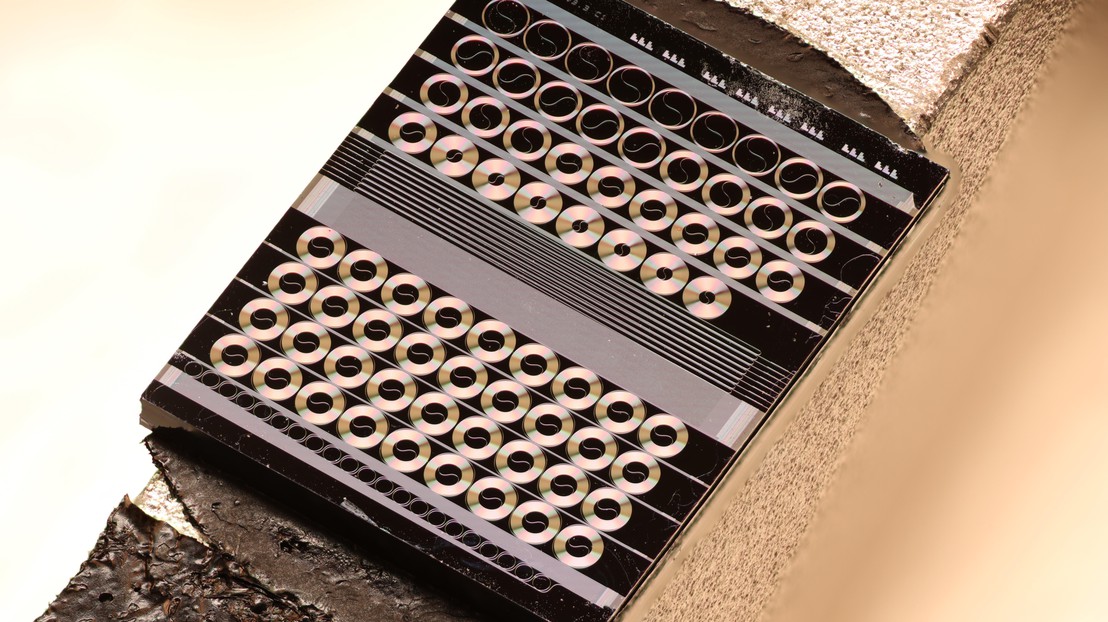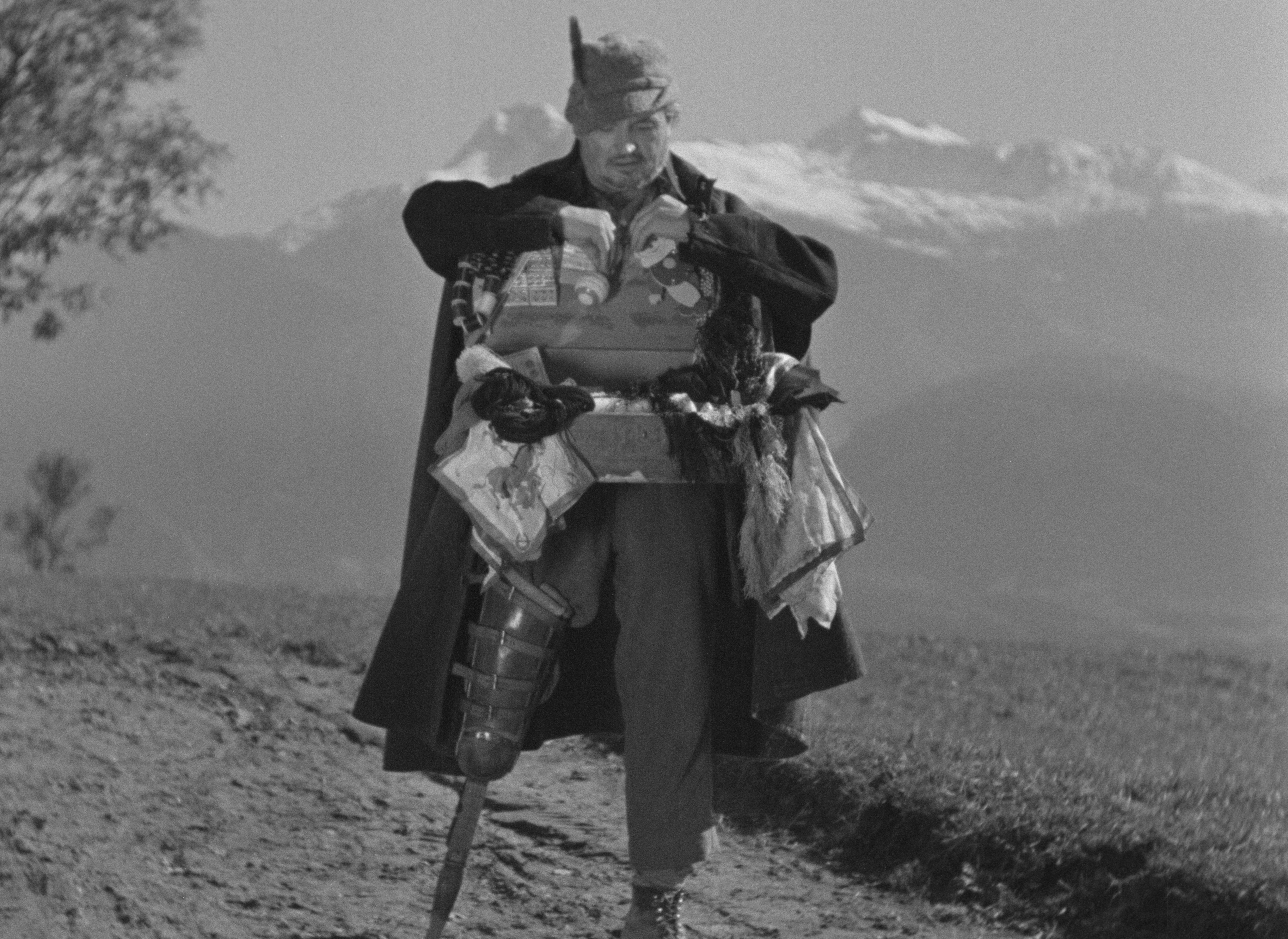
Over 90,000 birds spotted in Switzerland for EuroBirdwatch event

As part of the EuroBirdwatch campaign, over 3,000 people counted more than 93,000 birds in Switzerland at the weekend. The chaffinch was the most frequently counted species, with over 30,000 individuals.
Over 13,000 Starlings and around 11,000 House Martins were also observed, the nature conservation organisation BirdLife said on Monday. Counting was done at 53 stands across all regions of Switzerland.
According to BirdLife, a striking number of Admiral butterflies were counted on mountain passes. Not only birds, but also butterflies and other insect species fly long distances south to spend the winter.
The yearly EuroBirdwatch campaign to record sightings of migratory birds was carried out in 34 countries in Europe and Central Asia. In all, 24,000 participants observed around 3.5 million birds.
Little Grebe named Swiss Bird of the Year 2024
BirdLife Switzerland has named the little grebe as Bird of the Year 2024. According to the organisation, the smallest local water bird and “little ball of feathers of our waters and wetlands” is a symbol of good water quality. The little grebe can be found in Switzerland all year round, BirdLife said on Thursday. The bird with the conspicuous call favours waters with plenty of shore vegetation and a good layer of aquatic plants underwater with a muddy substrate. However, it must not be too deep, but clear so that it can spot its prey. The little grebe feeds mainly on insects and their larvae; in winter it switches to small fish such as bullheads or perch.

The waterfowl spends its breeding season from April to June mainly at lower altitudes on the Central Plateau, according to the press release. This is also when its striking trill is used for courtship, which it also uses to defend its territory. In addition to its vocalisations, the little grebe impresses the opposite sex with various diving and imposing manoeuvres. The resulting five or so chicks are initially transported on their backs.

However, despite its wide distribution, the little grebe is not completely carefree: according to BirdLife, it is on the Swiss early warning list of the Red List of Threatened Species. According to the organisation, existing bodies of water must be kept in good condition in order to protect them.
Swiss Bird of the year 2025
For the first time, EuroBirdwatch has opened up the vote for Swiss Bird of the Year to the public. The candidates are the Green Woodpecker, the Nuthatch, the Blackcap, the Robin and the Long-tailed Tit. The vote is open to the audience between October 1 and 31, 2024.


In compliance with the JTI standards
More: SWI swissinfo.ch certified by the Journalism Trust Initiative



































You can find an overview of ongoing debates with our journalists here . Please join us!
If you want to start a conversation about a topic raised in this article or want to report factual errors, email us at english@swissinfo.ch.